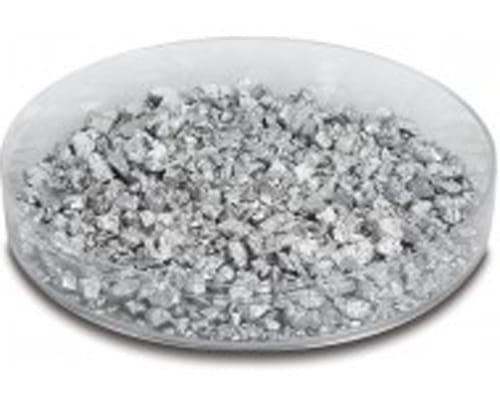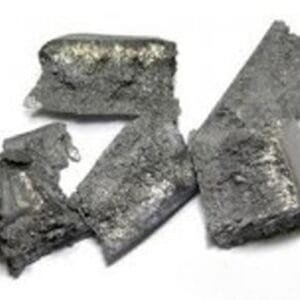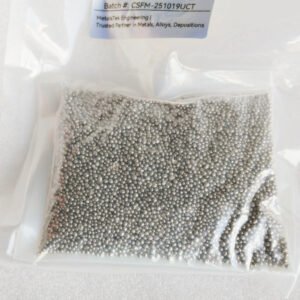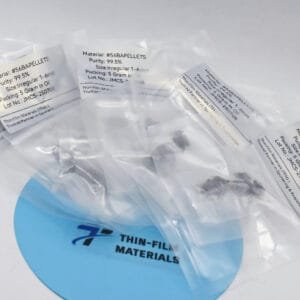Chromium Evaporation Materials Description
High-purity chromium evaporation materials play a vital role in deposition processes, ensuring the production of high-quality films. TFM specializes in manufacturing chromium evaporating materials with purity levels up to 99.99%, backed by rigorous quality assurance to ensure reliability and consistency.
Chromium, with a melting point of 1,857°C, a density of 7.2 g/cm³, and a vapor pressure of 10⁻⁴ Torr at 1,157°C, is a versatile element. Its name, derived from the Greek word “chroma,” meaning color, reflects the vibrant hues of its compounds. In the automotive industry, chromium is widely used to create the shiny, durable coatings seen on wheels and bumpers. Beyond automotive applications, chromium is also utilized in various vacuum processes, including automotive glass coatings, photovoltaic cell production, battery manufacturing, and the creation of decorative and corrosion-resistant coatings.

Chromium Evaporation Materials Specification
| Material Type | Chromium |
| Symbol | Cr |
| Automatic Number | 24 |
| Color/Appearance | Silvery, Metallic, Solid State |
| Melting Point | 1,857°C |
| Theoretical Density | 7.2 g/cc |
Chromium Evaporation Materials Applications
Chromium evaporation materials are utilized in a variety of deposition processes, including semiconductor deposition, Chemical Vapor Deposition (CVD), and Physical Vapor Deposition (PVD). In the field of optics, they are employed for applications such as wear protection, decorative coatings, and display technologies. Their high purity and versatility make them essential for achieving precise and durable results in these advanced applications.
Chromium Evaporation Materials Packing
We take special care in handling our chromium evaporation pellets to prevent any damage during storage and transportation. This careful approach ensures that the pellets maintain their original quality, delivering consistent and reliable performance upon use.
Ordering Table
| Material | Size | Quantity | Purity | Part Number |
| Chromium | 0.8mm - 6mm Pieces | 1 lb. | 99.95% | EVMCR35 |
| Chromium | 0.8mm - 6mm Pieces | 25 g | 99.95% | EVMCR35A |
| Chromium | 0.8mm - 6mm Pieces | 50 g | 99.95% | EVMCR35B |
| Chromium | 0.8mm - 6mm Pieces | 100 g | 99.95% | EVMCR35D |
| Chromium | 0.8mm - 6mm Pieces | 250 g | 99.95% | EVMCR35J |
| Chromium | 0.8mm - 6mm Pieces | 1 kg | 99.95% | EVMCR35KG |
| Chromium | 0.8mm - 6mm Pieces | 500 g | 99.95% | EVMCR35T |


 MSDS File
MSDS File



Reviews
There are no reviews yet.